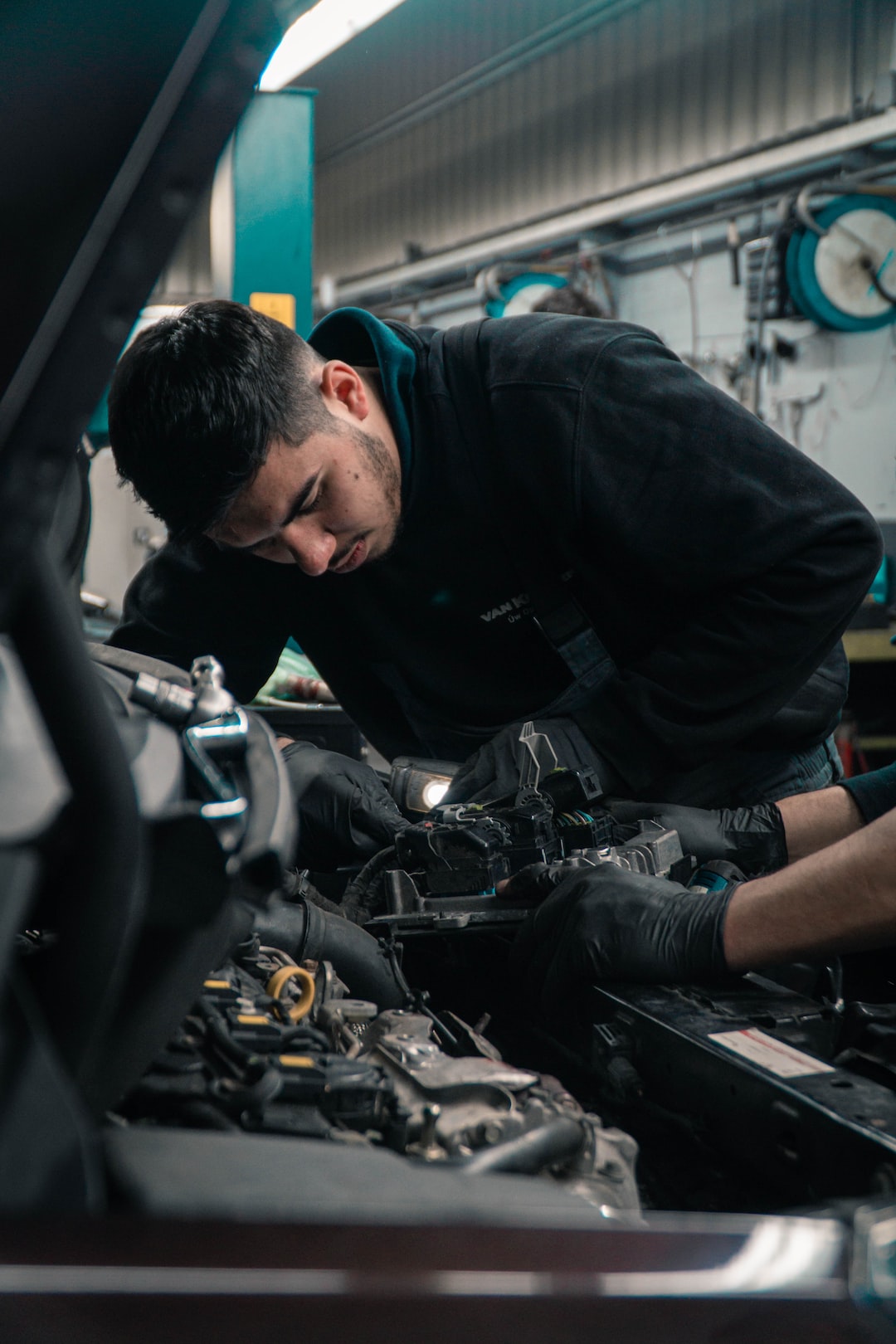In recent years, the food and beverage manufacturing industry has seen a significant rise in the integration of robotics and automation. This merging of technology has revolutionized the way food and beverages are produced, making the process more efficient, cost-effective, and safer for workers. In this blog post, we will explore the benefits and challenges of this integration.
One of the key advantages of integrating robotics and automation in the food and beverage manufacturing industry is the increased efficiency it brings to the production line. Robots are capable of performing repetitive tasks with speed and precision, resulting in higher production rates and reduced processing time. This allows manufacturers to meet increasing consumer demands and reduce operational costs.
Automation also brings more consistency to the manufacturing process. With robots handling tasks such as mixing ingredients, packaging, and labeling, the chances of human error are significantly reduced. This leads to improved product quality and a higher level of customer satisfaction. Additionally, automation can help manufacturers maintain uniformity in taste, texture, and appearance across different batches, further enhancing the overall product experience.
Another significant benefit of integrating robotics and automation in the food and beverage industry is the improved safety it provides for workers. In traditional manufacturing processes, workers may be exposed to hazardous conditions and substances. By replacing humans with robots in tasks that involve danger or discomfort, such as handling heavy loads or working in extreme temperatures, the risk of workplace accidents and injuries can be substantially minimized.
Automation also mitigates the risk of contamination in food and beverage production. Foodborne illnesses due to human errors or improper handling can have severe consequences for both consumers and manufacturers. By implementing robots in tasks that require high hygiene standards, such as packaging and sorting, the chances of contamination are reduced, ensuring the safety of the final product.
Despite the numerous benefits, integrating robotics and automation in the food and beverage manufacturing industry also presents some challenges. The initial investment required for implementing robotics systems can be significant. Manufacturers must consider the costs of purchasing and installing robots, as well as training employees to operate and maintain the equipment. However, the long-term cost savings from increased production and reduced labor needs can often justify this initial investment.
Another challenge is the need to adapt to rapidly advancing technology. As robotics and automation continue to evolve, manufacturers must stay up to date with the latest advancements to remain competitive. This includes integrating new software systems, sensors, and artificial intelligence algorithms to optimize and refine the manufacturing process continuously.
Additionally, the integration of robotics and automation may lead to job displacement in the industry. Some workers, especially those involved in more repetitive tasks, may find their roles replaced by robots. It is essential for manufacturers to provide retraining and upskilling opportunities for their workforce to ensure a smooth transition and minimize the negative impact on employment levels.
In conclusion, the integration of robotics and automation in the food and beverage manufacturing industry brings numerous benefits, including increased efficiency, improved product quality, enhanced safety, and reduced contamination risks. Although challenges such as initial investment costs and job displacement need to be addressed, the advantages of this integration make it a worthwhile endeavor for manufacturers looking to stay competitive in an increasingly demanding market. As technology continues to advance, the integration of robotics and automation will only grow in importance, shaping the future of food and beverage production.

